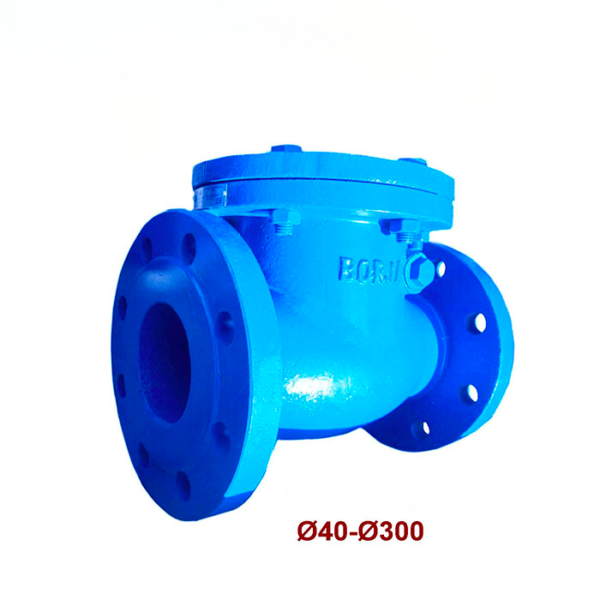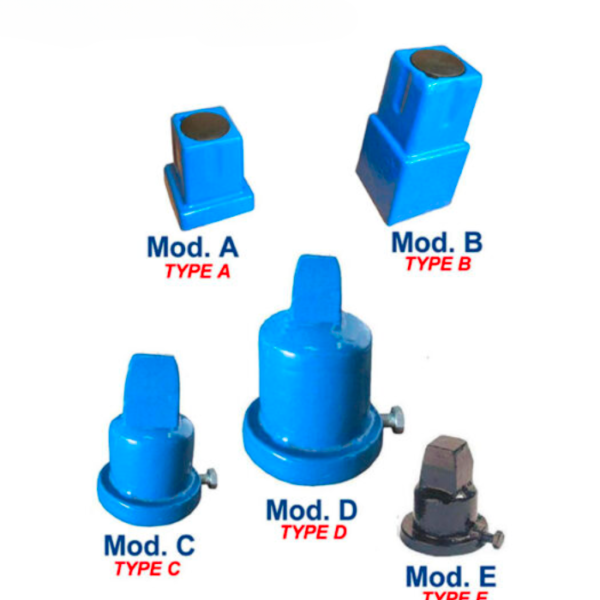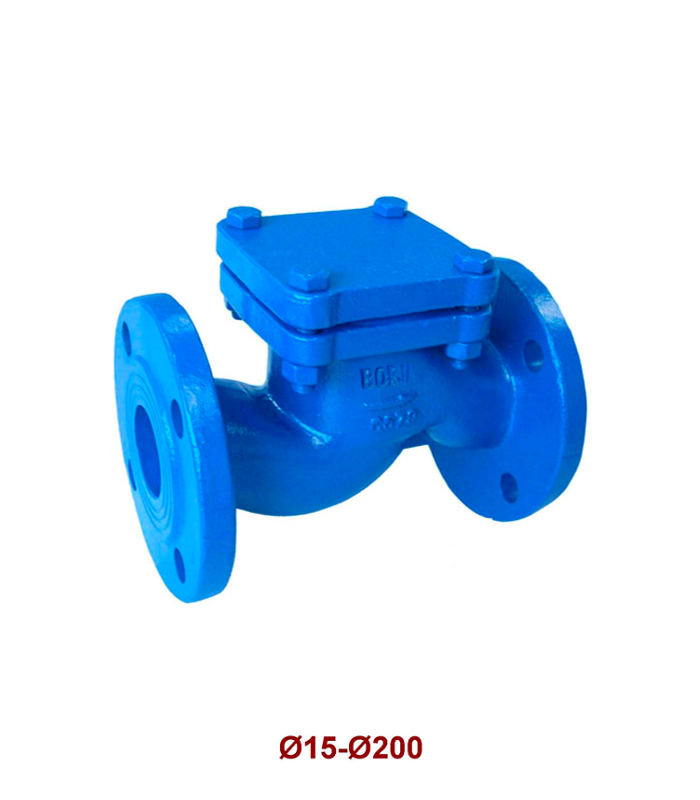It is important to emphasize that our piston check valve will only be mounted on horizontal pipes. Thanks to the spring, a quick and watertight closure is achieved.
Valve, with easy maintenance and without having to remove it from the network, since it allows you to clean and repair or change internal parts by removing the cover and its corresponding screws.
Our piston check valve (or globe check) is a type of valve used to ensure that fluid flow is not reversed. Our valve combines the design of a globe valve and a check valve that does not allow backflow. This helps ensure that the valve closes before the pump comes to a complete stop and helps prevent water hammer and surges associated with valve closure. The piston check valve uses a self-operating spring-loaded disc that presses against the metal seat of the valve body to control fluid flow. This type of valve has two openings in the valve body. One of the openings is where the medium enters the valve and the other is where the medium exits the valve.
This valve is used in different applications, such as cooling and heating systems, boilers and water systems, among others. In most cases, such as boiler applications, this valve automatically prevents steam backflow. The valve improves pipe safety by ensuring that no fluid reversals occur that could damage the pump. This valve is not used as a regulating valve.
The piston check valve requires a minimum differential pressure between the inlet and outlet (upstream pressure) to open the valve and allow fluid to pass through. When the upstream pressure drops below a certain level or when there is back pressure, the valve closes by pushing the disc against the seat.











